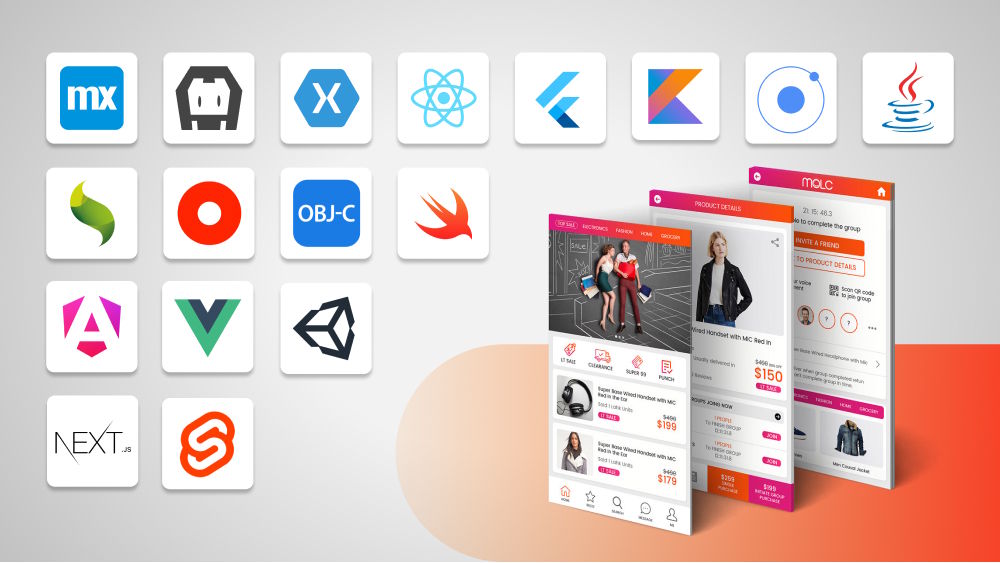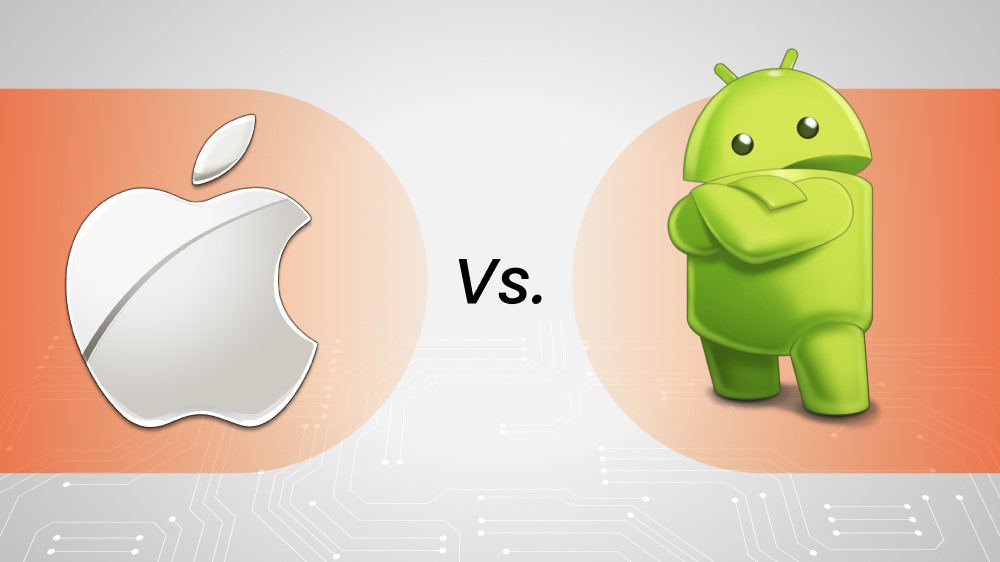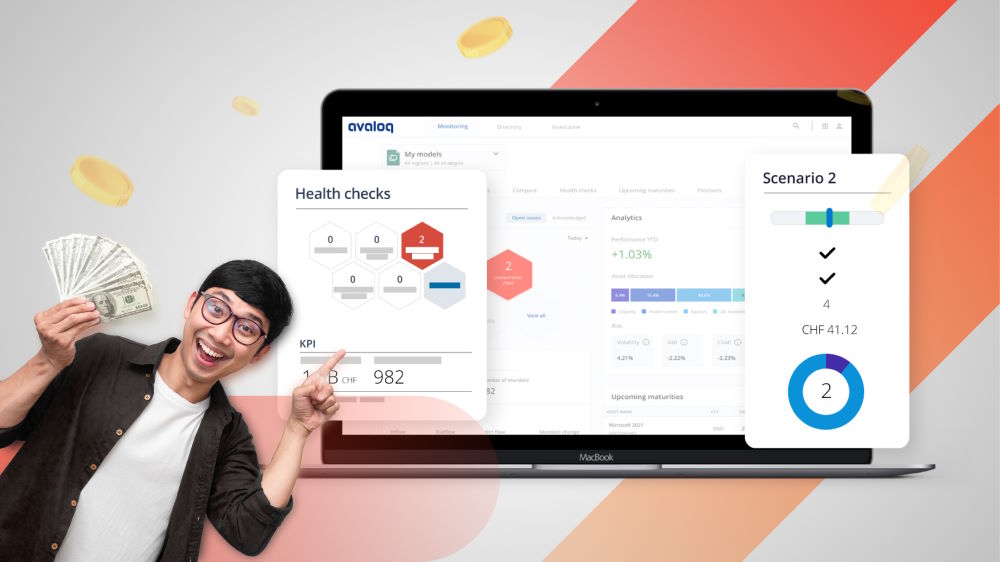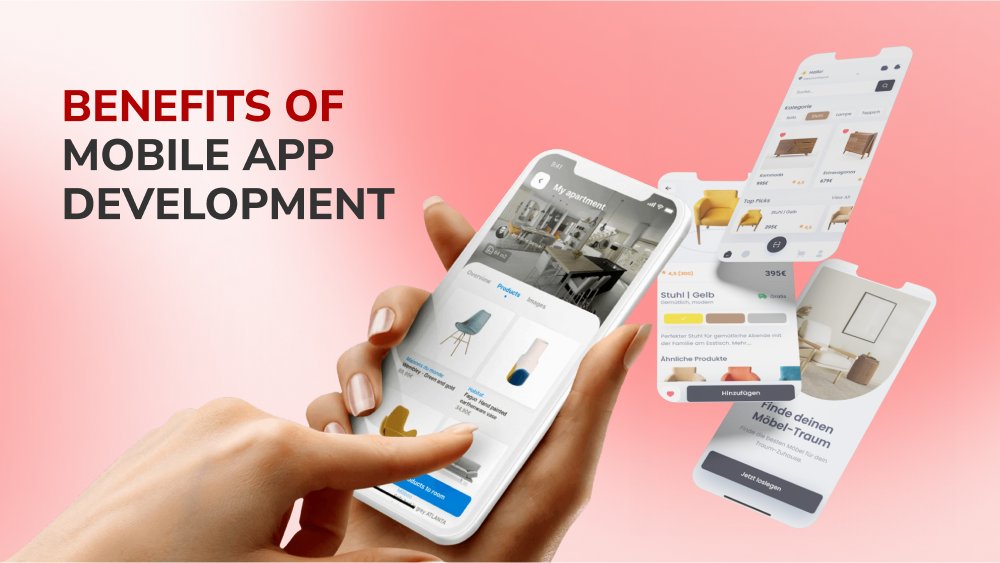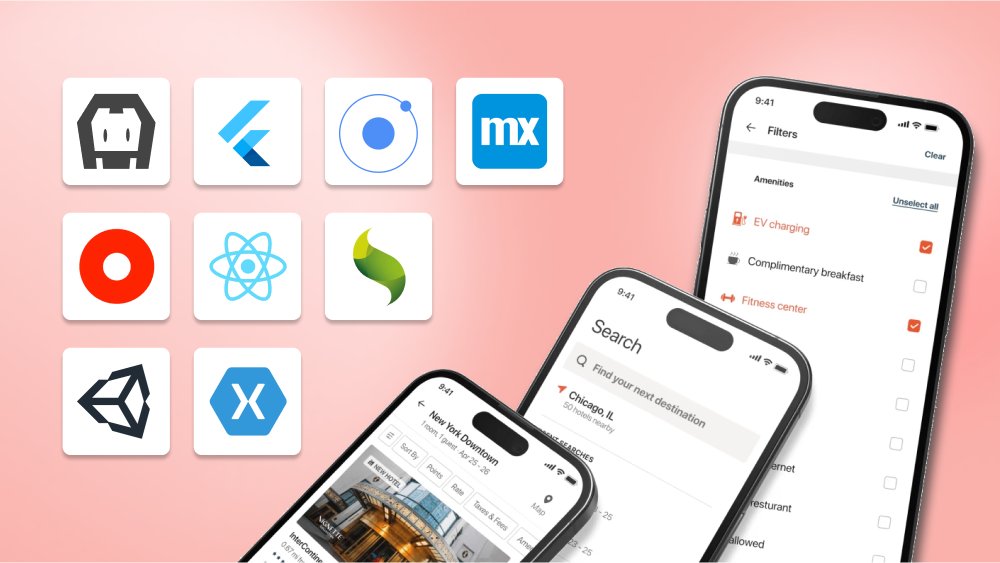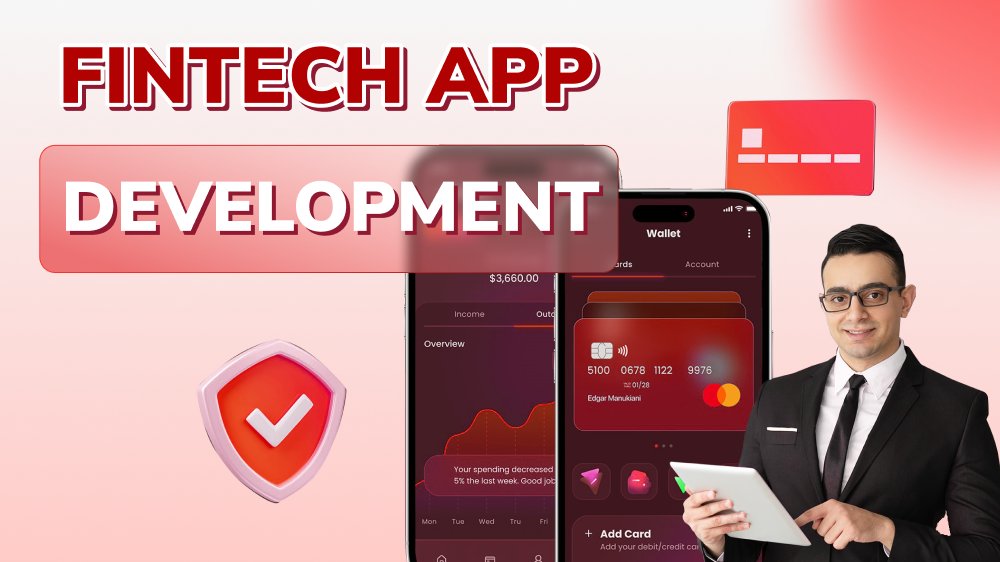POC vs. MVP vs. Prototype: 3 Musketeers in Product Development Strategy
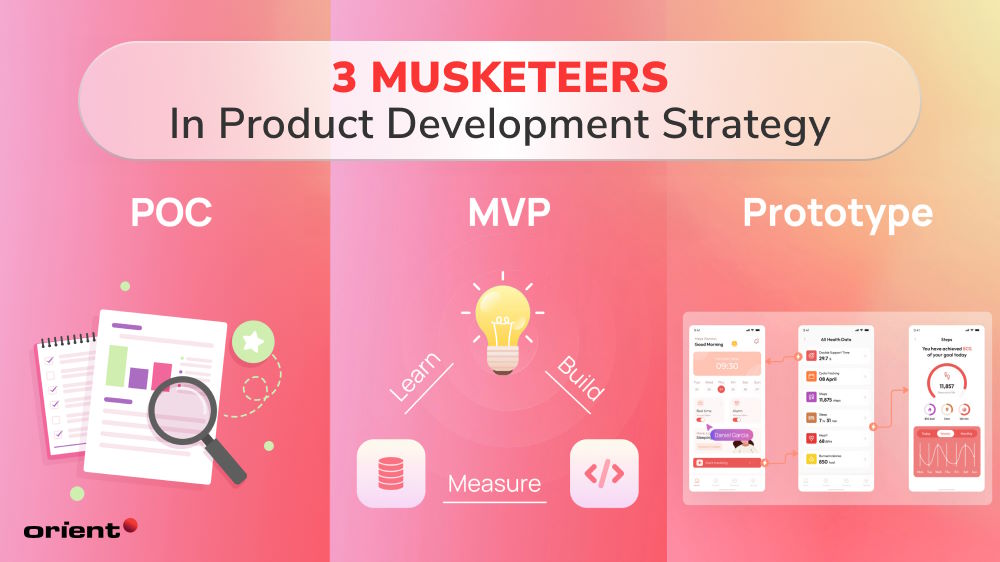
Content Map
More chaptersEmbarking on the journey of product development is akin to navigating the high seas of innovation, where the 3 Musketeers—POC (Proof of Concept), MVP (Minimum Viable Product), and Prototype—serve as your trusty compass, map, and sword. In the realm of startups, a staggering 90% fail, often due to a lack of proper validation and market fit. Yet, those who employ the strategic trio of POC, MVP, and Prototype reduce their risk significantly, with POCs taking mere days to validate technical assumptions, Prototypes requiring weeks to refine user experience, and MVPs demanding months to capture early market traction.
This article will guide you through the core features of each approach, helping you to discern when to use a POC to test feasibility, a Prototype to engage users and investors, or an MVP to hit the market running. With these three musketeers by your side—POC vs. MVP vs. Prototype, you’re not just another statistic—you’re a trailblazer poised for success. Let’s unsheathe these powerful tools and carve a path to triumph in the competitive landscape of product development.
Use Cases and Scenarios of POC vs. MVP vs. Prototype
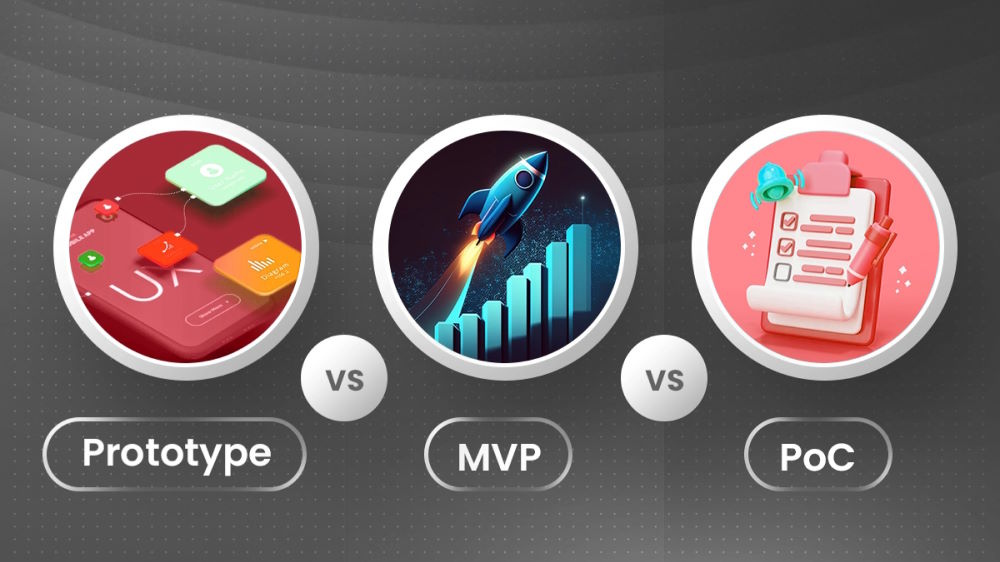
Proof of Concept
Proof of Concept (POC) is a valuable approach for validating the feasibility and potential of a technology or concept. It excels in various scenarios. One such scenario is testing new technologies. POCs allow businesses to assess the viability of emerging technologies before committing to full-scale implementation. For example, in the healthcare industry, POCs can be used to evaluate the effectiveness of artificial intelligence algorithms in diagnosing diseases or predicting patient outcomes.
Another scenario where POCs shine is exploring innovative ideas. They enable businesses to validate and demonstrate the value of their unique solutions without significant investments. Startups, for instance, can build POCs to showcase their innovative ideas and attract potential investors or partners.
POC examples from different industries include:
- Autonomous Vehicles: Companies in the automotive industry utilize POCs to demonstrate the capabilities of self-driving vehicles and assess their safety and performance in real-world scenarios.
- Internet of Things (IoT): POCs are commonly used in the IoT industry to test the integration of various devices and sensors, ensuring seamless communication and functionality.
- Blockchain Technology: Financial institutions leverage POCs to validate the potential of blockchain for transparent and secure transactions, reducing fraud and improving operational efficiency.
Minimum Viable Product
Minimum Viable Product (MVP) is a product development approach that focuses on delivering a basic version with only essential features to gather user feedback and validate market demand. It shines in various use cases, including market validation. MVPs allow businesses to test their product or service in the market and gather real-world feedback from early adopters. This feedback helps validate assumptions, refine features, and prioritize further development efforts to prevent the wastage of development costs. A mobile app development startup, for example, can release an MVP to gauge user interest and assess the demand for their final product.
MVPs also facilitate iterative development. By releasing an MVP, companies can adopt an iterative approach, continuously improving and expanding their product based on user feedback. Software companies often release MVPs to gather user insights, identify pain points, and iterate on subsequent versions.
Some successful examples of MVPs:
- Dropbox: The cloud storage platform initially released an MVP to validate the market demand for their file synchronization service. The positive user feedback and rapid adoption allowed them to secure funding and further develop the product.
- Airbnb: The popular accommodation marketplace launched with an MVP that allowed hosts to list their properties and connect with potential guests. The early success of the MVP validated the market demand and paved the way for subsequent feature expansions.
Prototype
Prototypes play a vital role in the product design and development process, providing a tangible representation of the envisioned product. They have valuable use cases, such as design iteration. Prototypes allow designers to visualize and refine the user interface, interactions, and overall user experience. By gaining insights through user testing in the early stages, designers can gather early feedback and make informed design decisions before investing significant resources into development.
Prototypes are also essential for gathering user feedback and validation. Target users can interact with prototypes, providing insights into their preferences, pain points, and usability concerns. This feedback informs further refinement and ensures user-centric product development.
Prototypes are essential for industries such as:
- Product Design: Industrial designers often create physical prototypes to test form, ergonomics, and functionality before mass production.
- Software Development: Mobile software developers can utilize an interactive mobile app prototype to validate design choices and gather feedback from end-users and stakeholders in the early design and development stages.
Considerations for Picking Up the POC, MVP, and Prototype
When embarking on a new product development journey, selecting the right approach between a Proof of Concept (POC), a Minimum Viable Product (MVP), or a Prototype is crucial. Each serves a distinct purpose and fits different stages of the product lifecycle. Many aspects should be taken into account before making this choice.
Purpose and Scope
POC is typically used to verify a specific concept or theory that can be achieved in development. It helps in understanding whether a certain idea can be turned into a feasible reality. Conversely, an MVP is a product version that allows a team to acquire the most validated knowledge about customers with minimal effort. A Prototype serves as a preliminary version crafted to evaluate the viability of a concept or procedure.
The choice between these three depends on the following:
- Stage of the Idea: POC is for very early stages, MVP for when you have a user-tested idea, and Prototype when you need a working model to further refine the concept.
- Objective: POC is to test if the idea is feasible, MVP to test if the market needs it, and Prototype to test how the product works.
- Complexity and Cost: POCs are generally less complex and cheaper than MVPs and Prototypes.
The chosen approach should align with the business goals and the target audience. Each approach serves a different purpose and caters to specific needs. For instance, an MVP can validate demand for a new market entry, a POC can initially test the technological feasibility for disruptive innovation, and a Prototype can help visualize user experience improvements before full-scale development.
Balancing Time, Resources, and Risk Factors
Consider the time constraints associated with the product development process. POCs are typically shorter in duration as they focus on proving product concept feasibility. MVPs and Prototypes, on the other hand, require more extensive development and testing, which may impact time-to-market.
Evaluate the availability of resources, including financial resources, development team capabilities, and infrastructure. POCs are usually less resource-intensive compared to MVPs and Prototypes, which require more substantial investments in development, testing, and user engagement.
Assess the level of risk associated with each approach. POCs carry relatively lower risks as they aim to test the feasibility of an idea. MVPs involve higher risks as they require more significant investments and have the potential for market rejection. Prototypes allow for risk mitigation by gathering user feedback and validating design choices before committing to full-scale development.
The Iterative and Evolutionary Nature of Product Development
Understand that product development often involves iterations and improvements based on user feedback and changing market dynamics. MVPs and Prototypes align well with this iterative process approach as they allow for continuous refinement and enhancement based on user insights.
Recognize that product development is an evolving process. As the product evolves and matures, the chosen approach may also need to evolve. POCs may be suitable for initial validation, followed by MVPs to test market demand and Prototypes to refine the user experience and design.
Popular POC, MVP, and Prototype Tools
After carefully selecting the most appropriate approach – POC, MVP, or Prototype –it is essential to leverage the right tools to streamline the process and maximize efficiency. Several popular tools are widely used in the industry to facilitate the creation and testing of these development approaches.
Proof of Concept Tools
POC tools are designed to help validate the feasibility of a project idea before significant resources are committed. They are crucial in the decision-making process as their results can highlight potential issues early on. For instance, Neptune.ai is often used in machine learning projects to demonstrate the viability of complex algorithms. Additionally, DevOps tools recommended by platforms like Coursera can enhance team collaboration and efficiency during the POC phase. These tools are essential for project managers to demonstrate project viability to stakeholders and to identify any roadblocks that might require revising the project direction.
Minimum Viable Product Tools
MVP tools focus on launching a product with just enough core features to attract early customers and gather feedback for future development. No-code platforms such as SpdLoad and Codica allow entrepreneurs to build and launch MVPs without extensive coding knowledge. Tools like TypeForm and Google Forms are invaluable for conducting customer interviews and surveys to refine the MVP based on user feedback. These tools help confirm the right target audience, ensure problem-solution fit, and even allow early monetization strategies to be tested.
Prototype Tools
Prototyping tools are indispensable for UI/UX designers to simulate the look and feel of their designs. Figma, InVision, and Adobe XD are among the top choices for designers, offering functionalities from vector-based systems to robust collaboration features. These tools enable designers to create detailed wireframes, mockups, and interactive prototypes, ensuring that the final product aligns with user expectations and business needs. They also facilitate easy sharing and developer hand-off, speeding up the development process.
If you’re looking to bring your product idea to life with precision and efficiency, the right set of POC, MVP, or Prototype tools can significantly enhance efficiency and be compatible with your business model. Orient Software offers custom software development services, allowing you to modify or even change the features of these tools to suit your specific business requirements.
With a deep understanding of the latest POC, MVP, and Prototype tools, Orient Software can guide you through selecting and utilizing the most suitable ones for your project. Reach out to Orient Software today to discuss how we can help you achieve your business goals through effective POC, MVP, and Prototype development.

